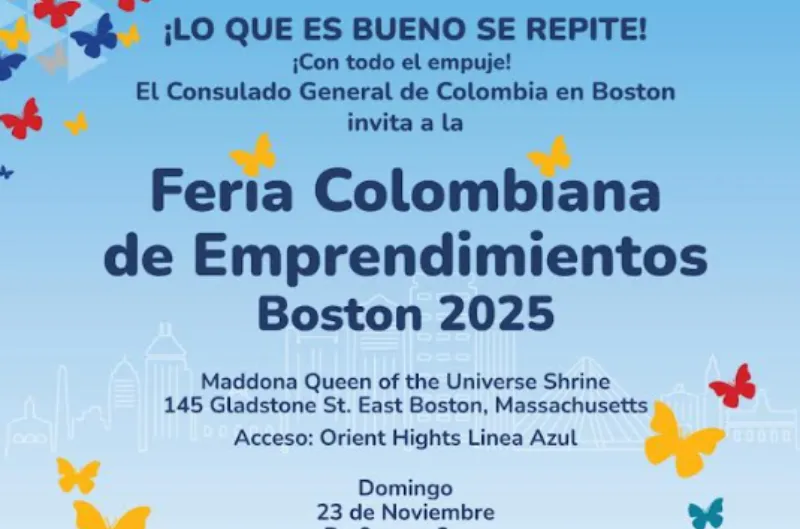Capoeira is a unique sport that combines game playing with competitive fi ghting. In the past it was disguised as a form of dance. However, Capoeira goes beyond being just physical exercise, as it off ers us lessons for life. The ultimate goal is not to win, but rather to work together and cooperate with “the other,†to better both oneself and the partner. It teaches us to give our best in everything we do.
To learn more about the world of Capoeira we interviewed Master Calango (Mestre Calango in Portuguese). Mestre Calango began practicing Capoeira in 1980 in São Bernardo do Campo, São Paulo, Brazil. He became a master in 1992, and is certifi ed by the Federação Paulista de Capoeira. Since 1985 he has been teaching Capoeira, fi tness, and physical rehabilitation. He transmits agility, strength, balance, receptivity and respect. He communicates the wisdom of a great master. His manner is open and brotherly. He invites us to learn.
Mestre, how was Capoeira born? Where does it come from?
During the 16th century, the slaves that came to Brazil from diff erent parts of Africa couldn’t talk to each other because they didn’t speak the same language. At night, after a whole day’s work, they gathered to sing and dance. This is how the moves started. Then they created other moves based on the movements of animals. In 1932, Master Bimba started to teach Bahia’s regional fi ght using the form of Capoeira that was being practiced. At that time Capoeira existed but it was prohibited. Finally, in 1939, Brazil’s president Getulio Vargas recognized Capoeira as a national sport and he allowed its practice. From then on, diff erent schools formed. Today, Capoeira is practiced worldwide and studied at diff erent universities for its physical and psychological benefi ts.
Where does the name come from?
Capoeira is the name that was used to refer to the place where people gathered back then to practice. It was a space with trimmed vegetation. Slaves said, “Tomorrow I’m going to the Capoeira.†In this way, the name of the place gave way to the name of the sport.
What does Capoeira consist of?
At that time, slaves had to disguise Capoeira as a form of dance to be able to practice it. When people asked, “What are they doing?†they answered, “We are dancing.†However, behind the dance there was the fight. Today, Capoeira is a combination of “escape†movements and acrobatics. It is an excellent cardiovascular exercise that strengthens our motor skills. It is being studied as a form of therapy, a form of dealing with aggressive behavior and a way of developing self-confidence. It helps us to be creative, to express ourselves and to focus on what we do. Emotionally, Capoeira teaches us to have control over our feelings.
Does it work with children?
Yes. For example, Capoeira helps children with ADD (Attention Deficit Disorder) to pay more attention to things and to have more awareness of themselves. We have several exercises that help a child focus and be attentive of the partner he’s working with.
How is a Capoeira class structured?
First, we warm up. Then we stretch, we practice sequences of attacks and escapes, and at the end we deepen our understanding of everything we have done in class by gathering and practicing in the “circle†(roda) of Capoeira. This is the form of Capoeira where we play with each other and not “against†the other.
In class, each person is given a specific surname that is not his/her real surname. How are these names chosen?
The Capoeira master looks for some trait of his student’s personality that stands out. The name represents that student’s given trait ,which comes up in class. It’s a loving way to refer to a person※when a name is given, it is unique to that person. In my case, “Calango†means “small lizard.â€
Let’s talk a little more about the emotional benefits of Capoeira. Does it promote cooperation between people?
Basically it is a game of cooperation where one not only helps the other but one needs and depends on the other, too. The important thing is to learn to interact with anyone, regardless of his level, at any given time. In this way we learn to work together, accepting diversity and respecting everyone. After practicing the moves for some time, we develop a sense of self-confidence in what we are able to do or achieve. In the case of children, they start to discover they are able to do things they had never imagined they could do. Through Capoeira, children develop selfesteem and trust and they start to reflect this experience in other parts of their lives. Similarly, we are able to transfer the lessons we have in class at school, home and at work.
Who can practice Capoeira?
Anyone can practice. Even people with special needs can practice because we arrange the space for them. I have three-year-old as well as 88-yearold students. The daughter of my 88-year-old student says that her mother returns from Capoeira rejuvenated.
If we could use three words to describe Capoeira, which would they be?
Respect, Humility, Fraternity.
The BERIMBAU,music and Capoeira
What is the berimbau? It is the antique instrument created in Africa. It is called “belly berimbau†because it is placed at the center of the stomach. It makes a sad melody that reflects the sorrow of the slaves. It looks like a musical arc made of a flexible wooden bow and a wire. A cabaςa (round, hollow gourd-like dried fruit) or caxixi (small rattle) is added as resonator. What role does music play in Capoeira? Music is used to transcend time and to give rhythm to movements. In the past, when Capoeira was prohibited, and the fighting was being disguised as a dance, music allowed people to really believe they were seeing a dance. In class, we play music to make it more interesting and at the end we use the berimbau to lead the circle or roda of Capoeira.
For more info go to www.capoeirarosarubra.com





